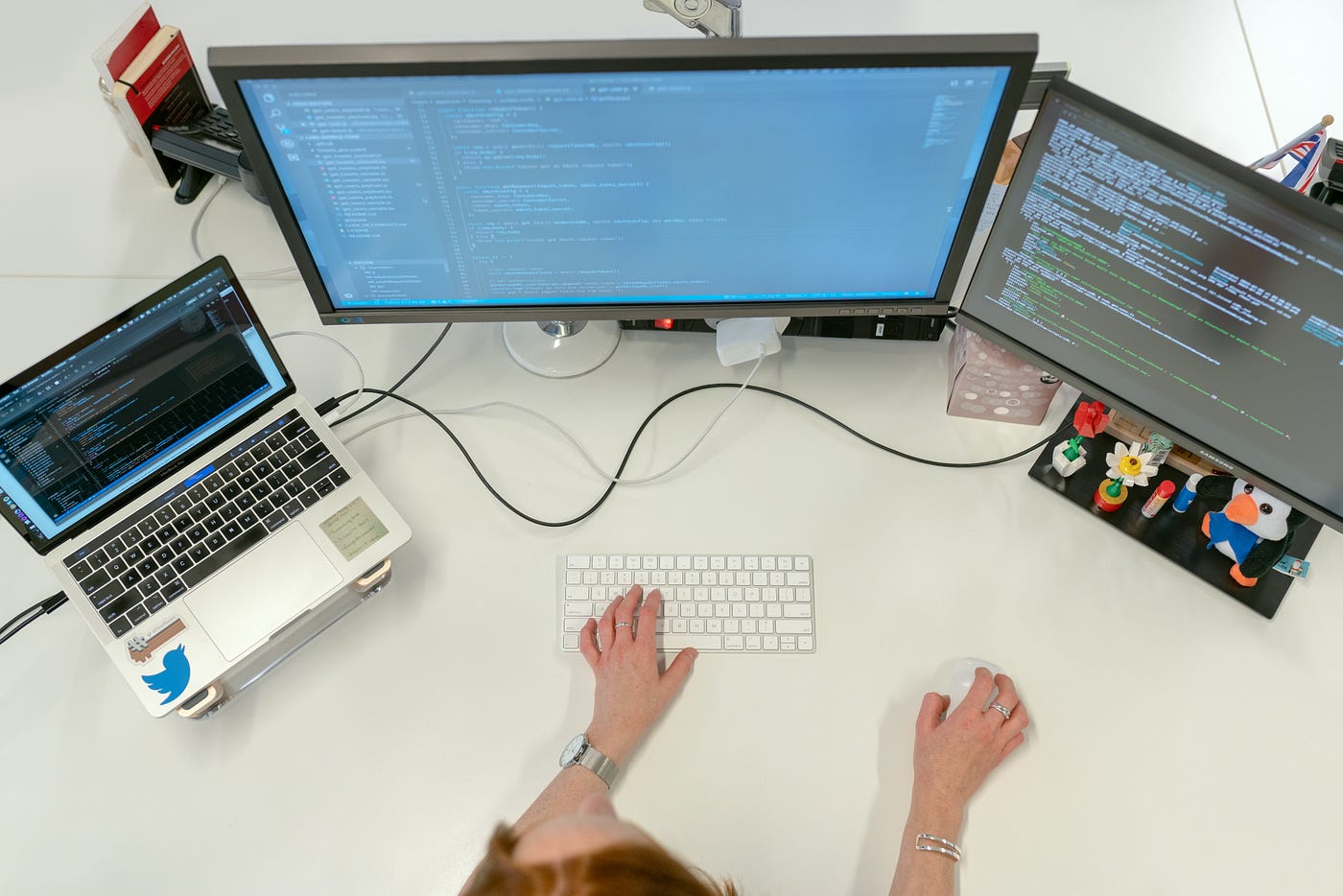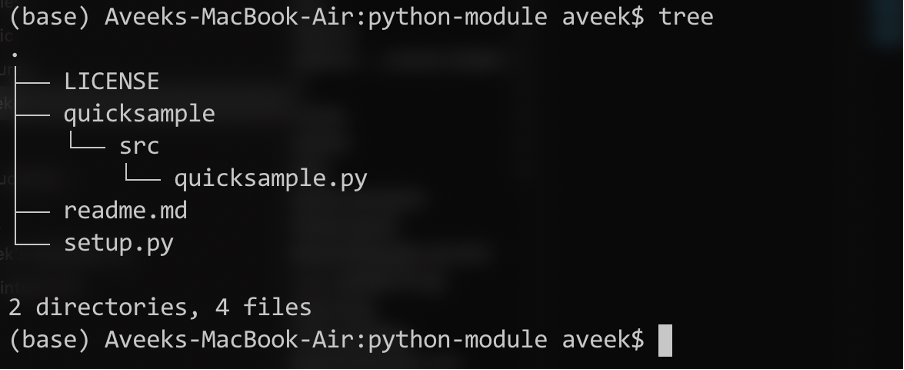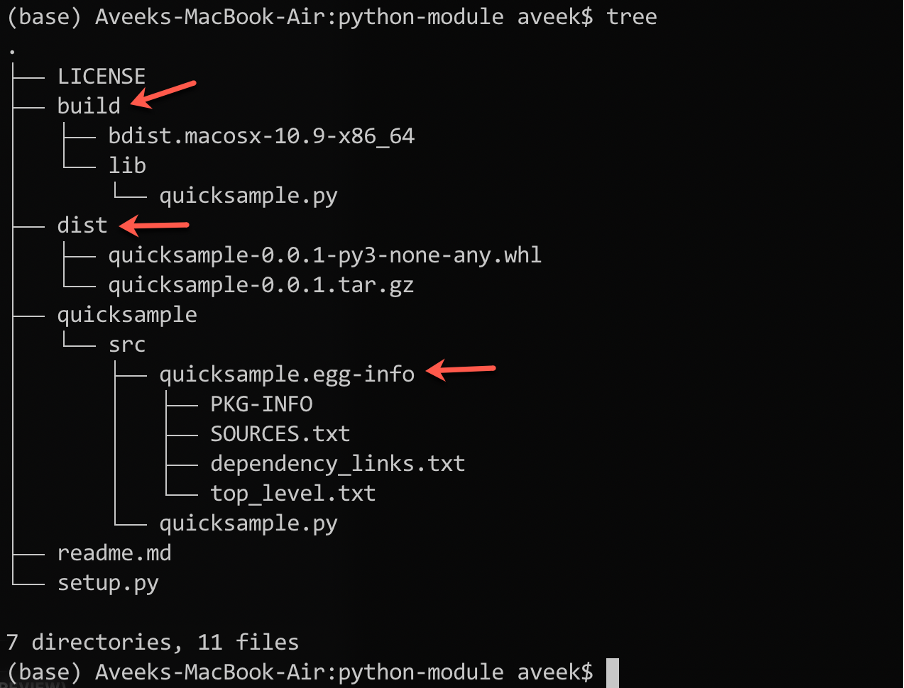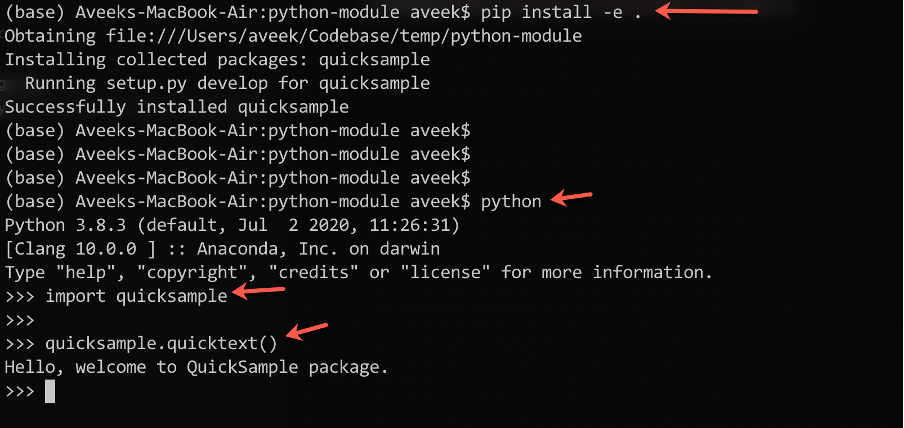How To Adding Setup.py Bdist_wheel Upload To Your Build Process
How to publish a Python Package to PyPi
Learn how to publish your own python packages

In this article, let us understand how to develop a python package and and then publish it to PyPi for distribution. This is a technical article with some avant-garde concepts but I will take some fourth dimension to introduce each of the concepts in item and provide a walkthrough performing all the steps as we proceed. It is very oftentimes for programmers in python to utilize various packages similar Pandas, NumPy, etc. within your python application to make it more robust and leverage the rich functionalities of the SDKs. In order to use any such packages within your code, you lot first need to get these packages installed on your machine and so import it into your code.
The thought might seem familiar when we talk near PIP — the famous bundle management tool in python. In order to install whatsoever packages in python, we use pip install <package_name> and the package gets installed on our machine. However, these packages are maintained in a cardinal repository known equally PyPi or Python Package Index. PyPi is the official third-political party software repository for python packages. Whenever you run the pip install control, the pip tool searches the package in this repository then downloads and installs information technology to your machine or virtual surround.
What is a Python Package
The very first affair when it comes to developing packages in python, is that you should know what a package and module in python is. Any lawmaking that you lot write in a .py file is known as a module in python. Modules can be imported into some other modules. A collection of more than ane modules that target whatsoever specific actions can be grouped together to course a package. A package can besides incorporate lawmaking organized into directories and subdirectories. You tin can read more nigh python modules and packages from the official documentation.

The steps to publish a python package are quite simple as follows.
1. Write your python module and save it under a directory.
two. Create the setup.py file with necessary information.
three. Choose a LICENSE and provide a README file for your projection.
4. Generate the distribution archives on local machine.
five. Attempt installing the package on your local car.
six. Publish the parcel to the TestPyPi repository to check if all works well.
seven. Finally, publish the bundle to the PyPi repository.
Let us at present perform each of the above mentioned steps one by one to publish our package to the PyPi repository.
Create the python packet and the directory structure and other files.
Y'all should first determine the name of your package and then create the directory name with the name of the bundle. Let us assume we are going to publish a packet with the name "quicksample", so the directory should be of the same name. Create some other subdirectory with the name "src" under information technology and place a quicksample.py file under the src sub-directory.
Additionally, yous should as well include a setup.py file, a readme.md and a LICENSE file under the root directory for your projection. Y'all can read more about licensing from the GitHub link. At this time, your projection construction should look something as below.

To continue things simple, we will write a simple method in our quicksample.py file to be chosen afterwards importing.
Now, let the states first editing the setup.py file. You can use the following snippet to update your setup file.
Once the setup file is ready, the final step is to add the readme.md file. It is merely markdown file that you tin utilise to document your packet when it is deployed or also on GitHub for your project.
Generate the distribution archives on local machine.
At present that the code for the python package is almost complete, you can showtime edifice the distribution archives. Archives are compressed files that help your bundle to be deployed beyond multiple platforms and also brand information technology platform independent. In order to generate the distribution archives, run the following command from your terminal.
python -k pip install –-user –-upgrade setuptools wheel
This volition upgrade your setuptools library on your machine to use the latest version. Subsequently this, yous demand to run the post-obit command from the root directory of your package to generate the distribution files.
python setup.py sdist bdist_wheel
Once you lot run the above command, you tin run across that the distribution packages will be delivered under the directories — build and dist, that are newly created every bit below. In addition to that, you can also see that the egg file information has been updated in the project source lawmaking likewise.

Install the parcel on local machine.
Now that we have our distribution files ready, nosotros tin become ahead and try installing and importing the package to test if information technology works fine. In social club to install the package on your local machine, run the following command from the root directory.
pip install -e .

Every bit yous can see in the figure above, in the first pace we install the packet locally using the command and once it is installed, we start the python shell and import it. So nosotros call the package method and it prints the bulletin to the terminal.
Publish the bundle to the TestPyPi
Once the parcel is installed on local and works fine, it is now ready to be shipped to the TestPyPi repository. This is a test repository for all python packages to examination and run across if all code works fine and there are no issues within the packet code. This keeps information technology isolated from the official PyPi repository and makes sure that simply thorough tested packages are deployed to production.
Navigate to https://examination.pypi.org/ and Register yourself as an user. One time you are registered, open your terminal and run the post-obit control. This volition install a bundle chosen "twine" on your machine that volition aid ship the python package to the repositories.
python -thousand pip install — user — upgrade twine
Y'all tin read the official documentation about packaging python applications and also virtually twine here. After the twine package is installed, run the post-obit command to ship the code to TestPyPi beginning. When you run the command, yous volition be asked to provide the same credentials using which you have registered your account in the previous footstep.
python -chiliad twine upload — repository testpypi dist/*

Every bit y'all can see in the figure above, the python package has now been shipped to the TestPyPi repository and you can view it from the URL link in the terminal higher up.
In lodge to install the package from the test repository, first we will uninstall the already existing package and then run the post-obit command to install it.
pip uninstall quicksample
pip install -i https://exam.pypi.org/quicksample/ quicksample==0.0.i
This will install the parcel on the local arrangement from the TestPyPi repository.
Publish the parcel to the PyPi repository
At present that everything works well with our package, it's fourth dimension that nosotros publish it to the official PyPi repository. Follow the same steps to register an account and then run the following command to ship the bundle to the official repository.
python -m twine upload dist/*
You tin now install the package using the standard command.
Conclusion
Congratulations, you accept published your python package successfully. The code sample can be institute here.
In this avant-garde article, we accept learnt what python packages are and how to develop a unproblematic package in python. We have also understood about the third political party official repository for python known every bit PyPi where developers can publish their own packages and reuse the code. You tin build your python code into sdists or wheel files which will and so be published on PyPi. Some other topics not withal covered in this article is upgrading your project on PyPi and maintaining multiple agile versions.
Source: https://towardsdatascience.com/how-to-publish-a-python-package-to-pypi-7be9dd5d6dcd
Posted by: hannapromestruche.blogspot.com


0 Response to "How To Adding Setup.py Bdist_wheel Upload To Your Build Process"
Post a Comment